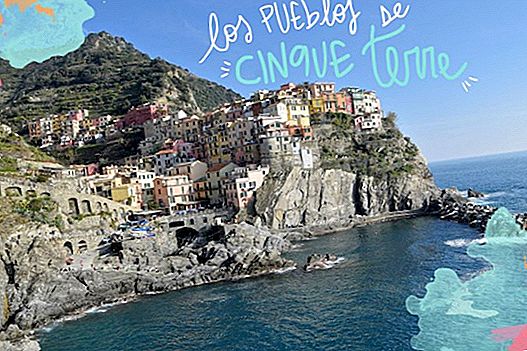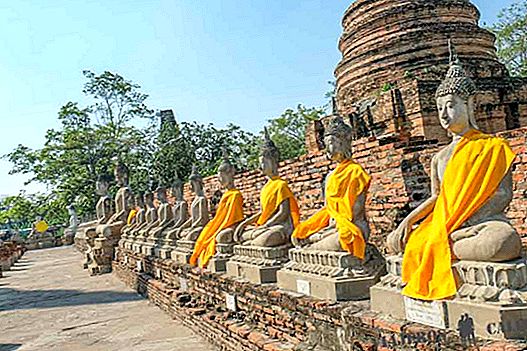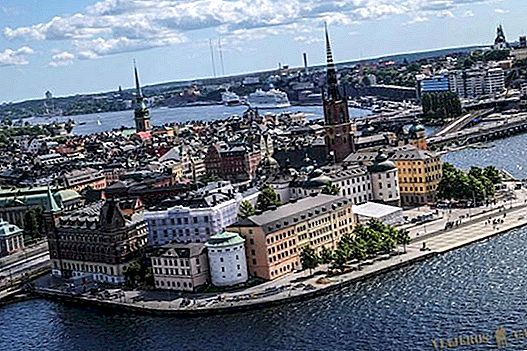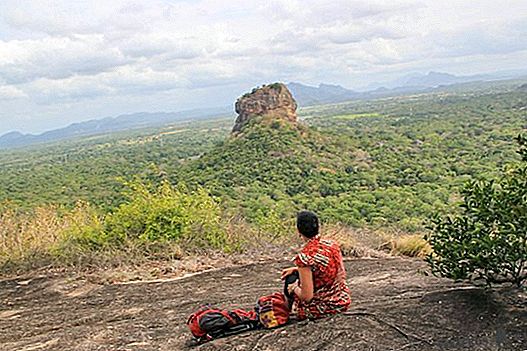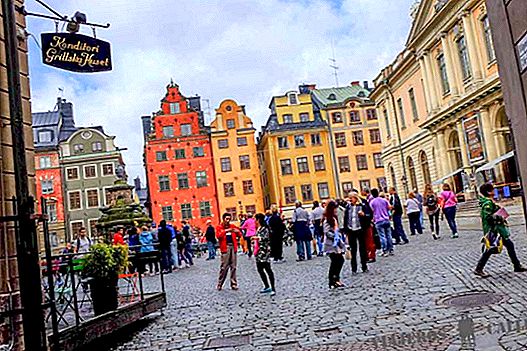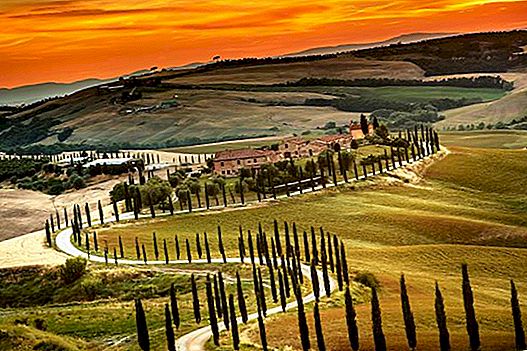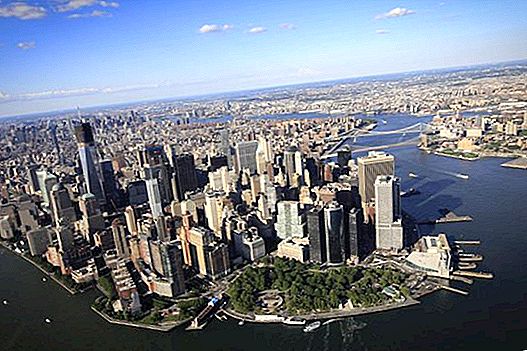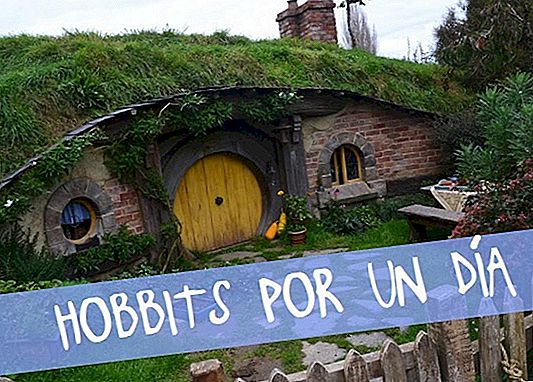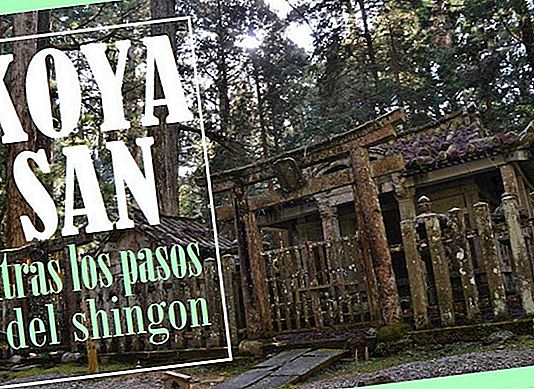It was Mount Koya the place chosen by the priest Kobo Daishi to settle in the year 816. And with him many followers of his doctrine, the so-called “shingon buddhism". After the passing of the years the place became the epicenter of this school, with more than 1,500 monasteries and, although today this number has dropped a lot, it still has a strong spiritual charge: it is believed that the teacher Kobo Daishi, whose body rests in a mausoleum in the village cemetery, he did not die but remains meditating while waiting for the return of Buddha. That is why the goal of each faithful is to be buried in this cemetery near their prophet, or if it is not their entire body, at least one hair or part of their ashes.

We did not come here to fulfill any religious rites, besides we still have a lot of life ahead! Neither do we leave any hair, that of that if every time is getting less ... It was Adela, a friend of Lety, who told us about this place and the possibility of sleep in a buddhist monastery and share some customs of the monks who retire here.

Of course, to get there is nothing simple ... after changing a few times of transportation and climbing up to 867 meters high we present ourselves in our “shukubo“, The monastery where we would stay that night and we freaked out of the place where we would sleep. You can read more about the experience of sleeping in a shukubo here.


In Koyasan there are two interesting parts: the cemetery (Okunoin) and the sacred precinct (Garan). Our steps led us in the first place, how could it be otherwise, to the most gloomy of the two.
THE CEMETERY, OKUNOIN
The Okunoin is not another cemetery, here rest more than 200,000 souls (not all people) waiting for the arrival of Buddha, the first for exactly now 12 centuries! I don't know if it was in his plans to wait so long, but with these things you already know ... A priori it may seem like a place of total cushioning, perfect setting for any zombie movie. It is approximately 2 kilometers from its southernmost entrance to the tomb of Kobo Daishi along a sinuous path of slippery tiles, between very high cedars that make sunlight practically not penetrate. However, the walk between the tombs is pleasant and the feeling of peace you can feel before the funk of the place.


During the tour you can see several different tombs, some owned by large Japanese companies, also mausoleums of important characters (Kenshin's I was especially excited ... although I do not think it has a relationship with Himura) and several several frikadas ...


But what accompanied us throughout the journey and most caught our attention were the hundreds of figurines of children with caps, scarves and bibs, the so-called Jizos, representing the protector of dead children in short ages or unborn children.


At the end of the tour you will reach an enclosure with several buildings intended for meditation and religious practice and, after crossing the Gobyo-bashi bridge you enter the most sacred area of the entire cemetery, where the Kobo Daishi mausoleum is located (Gobyo) and the lantern room (Torodo).




DANJO GARAN
On the other side of town you reach the sacred precinct of Danjo Garan, with several very nice temples (and for a fee), such as the Konpon Daito Pagodathe majestic sGolden Alon or Kondo and some more building.
To get to this place you pass next to the Kongobuji enclosure, free access, although to enter the main building you also have to pay. We do not enter any of the payment precincts and we just observe them from outside, without more ...




No doubt we will remember this place for the experience of sleeping in a Buddhist monastery and for knowing one of the strangest places where we have been as is the Okunoin cemetery. (and for this grandfather-turtle that accompanied us in part of our return trip)
USEFUL INFO
Where to eat
The town of Koyasan is tiny and does not have too many alternatives, although we find an old lady's restaurant with affordable dishes (700 ¥)
How to get
We explain everything in this article.
Where to stay
It is best to live the experience of sleeping in a Buddhist monastery (shukubo), although the price is not backpacking (from ¥ 4,000 per person). You can see options here and here. Our experience in a shukubo.
What to see and do in Koyasan and ticket prices
The attractions are divided into two enclosures: the Okunoin, the cemetery, northeast of the city, and the Danjo Garan complex, to West:
- Okunoin: we have as more important buildings the Gobyo (mausoleum of Kobo Daishi) and the Torodo (a hall with hundreds of lanterns donated by devotees from around the world and especially the lantern donated by Emperor Shirakawa and which shines continuously for hundreds of years) . Both are free.
- Danjo Garan: with the Kompon Daito (the 48.5 meter pagoda symbolizes the place, 200 ¥); the Kondo (the building that Kobo Daishi originally built and rebuilt several times. This is where the most important celebrations, 200 ¥) take place; the Fudodo (the oldest building in Koyasan dating from 1197, free) and Fear (residence of Kobo Daishi, closed except on March 21 in the afternoon (lunar date) day when Master Shingon passed into the state of eternal meditation ).
- Other places of interest: around the town there are other interesting points such as the Tokugawa Mausoleum (where the bodies of the great emperor Ieyasu Tokugawa and his son Hidetada, 200 ¥) rest; the Kongobuji Temple (with interesting samples of the culture and life of the religious, entry 500 ¥) or the Daimon (the majestic entrance of 25 meters high).

